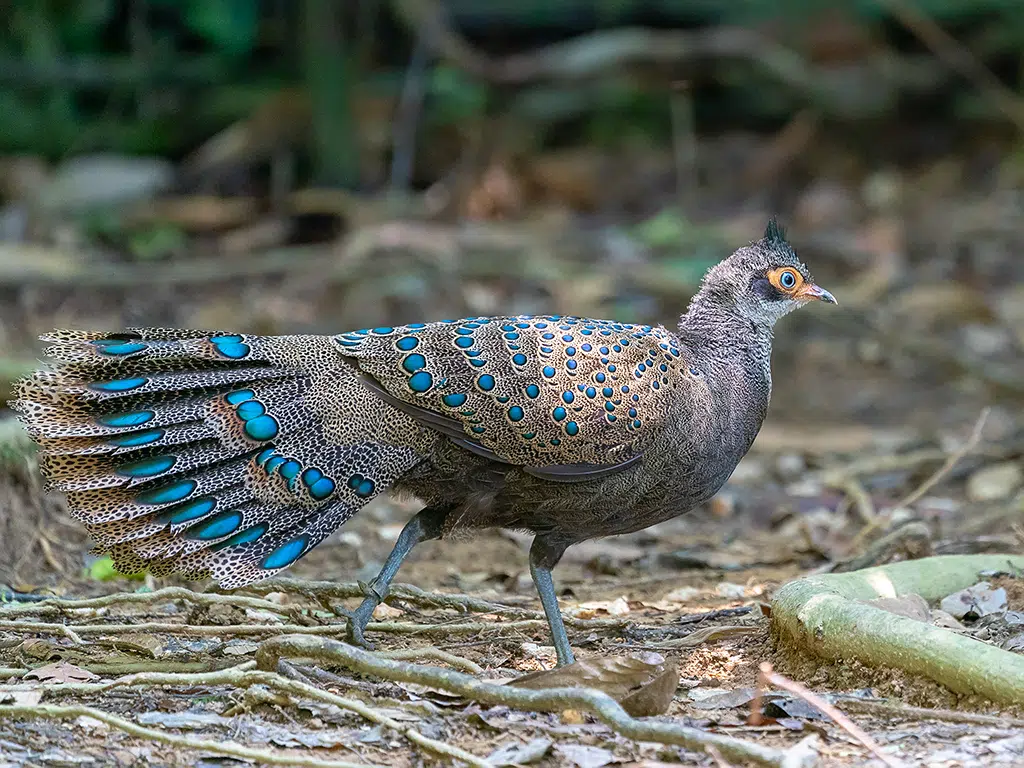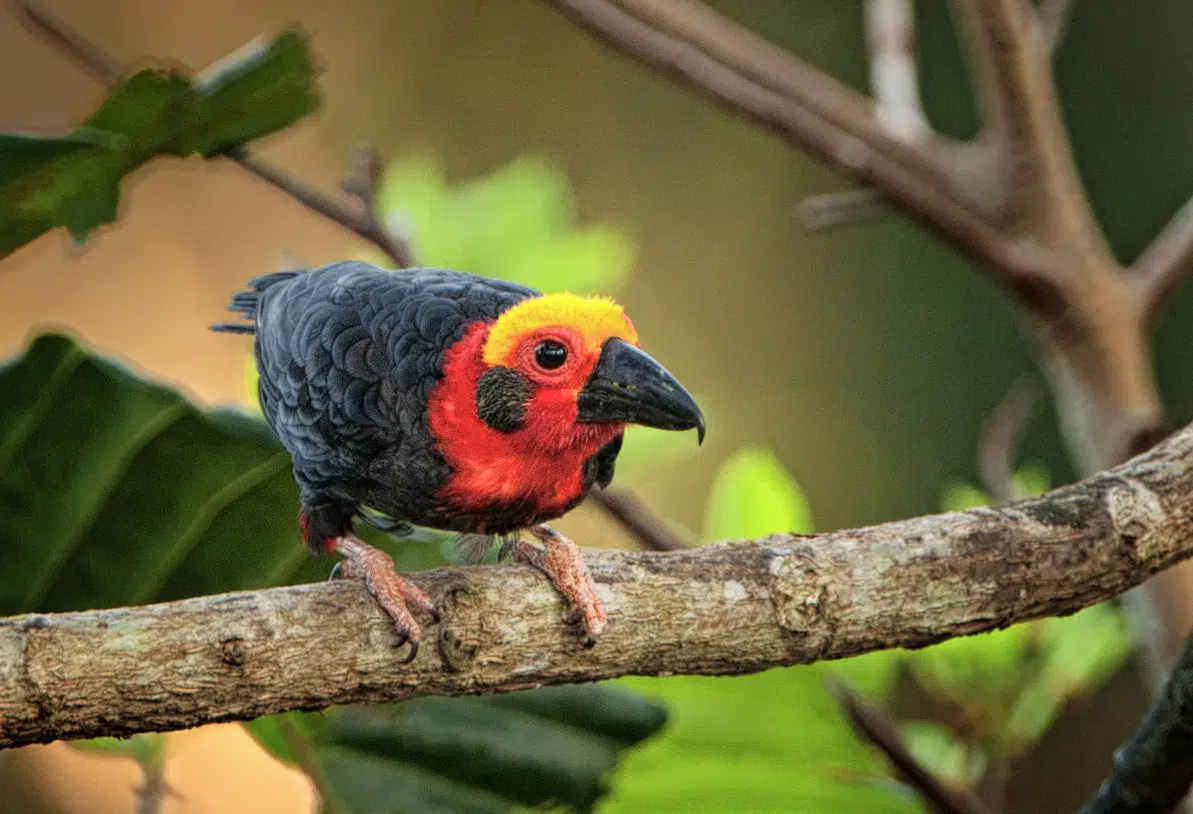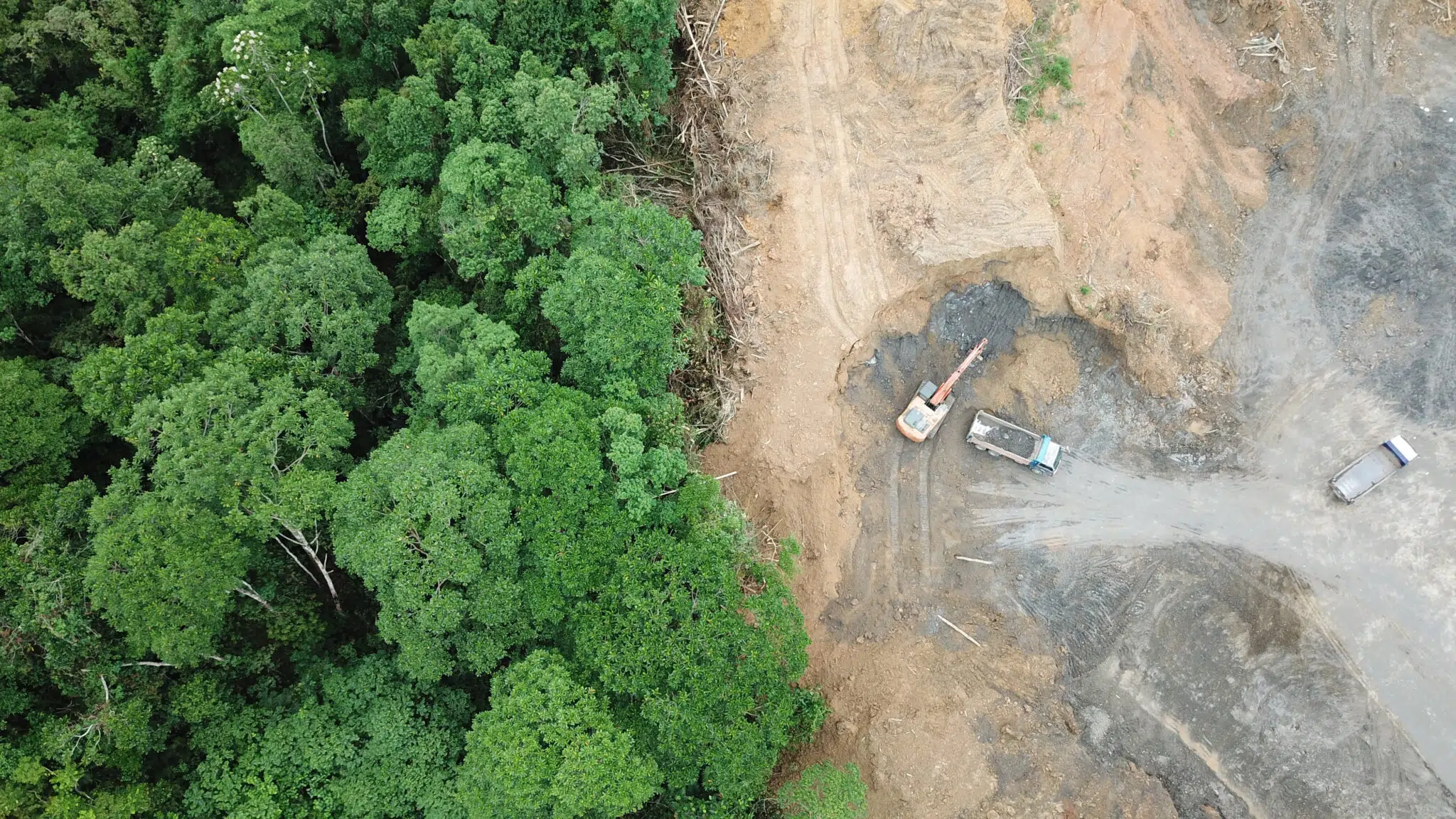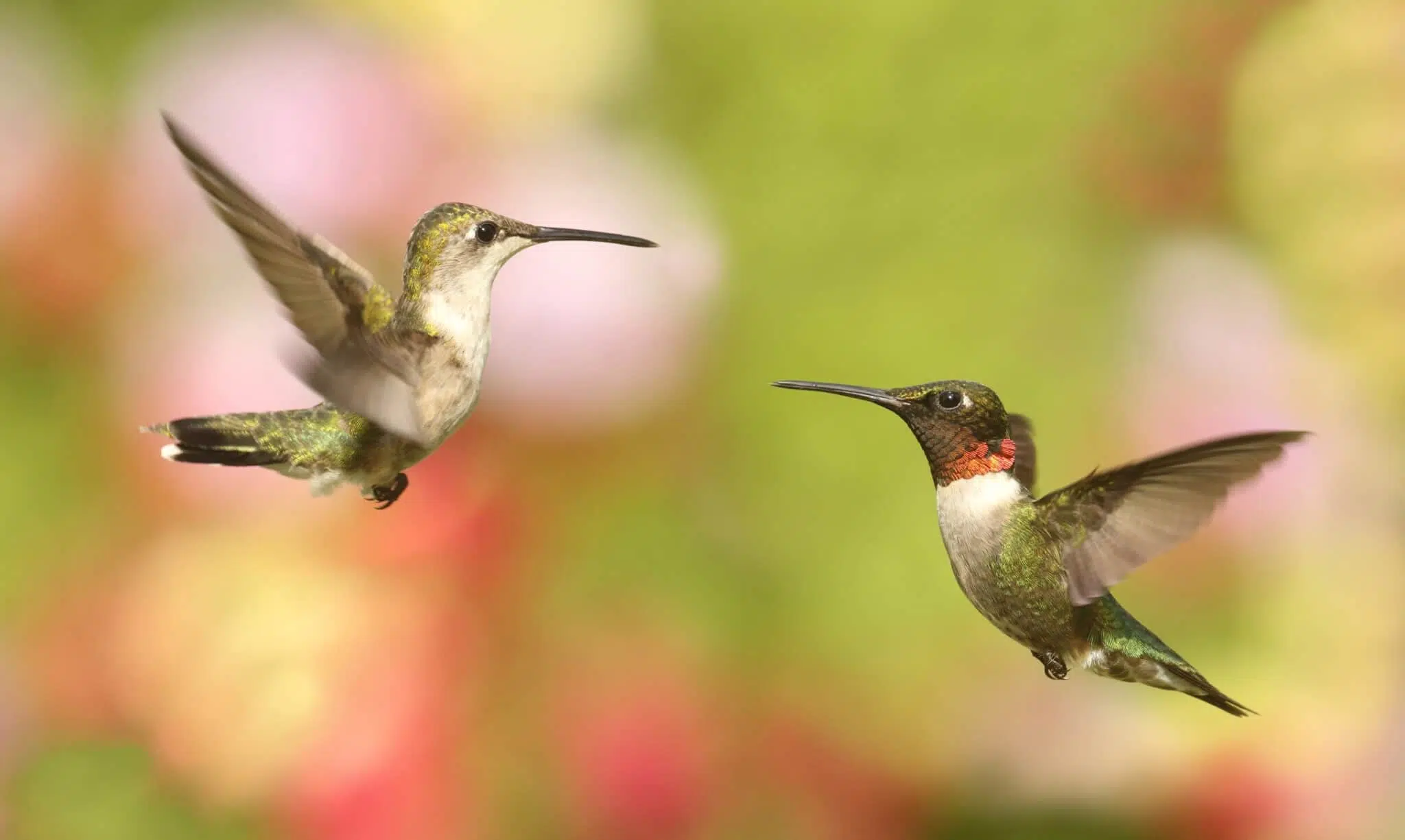The eyes have it: Malay Peacock-pheasant in peril
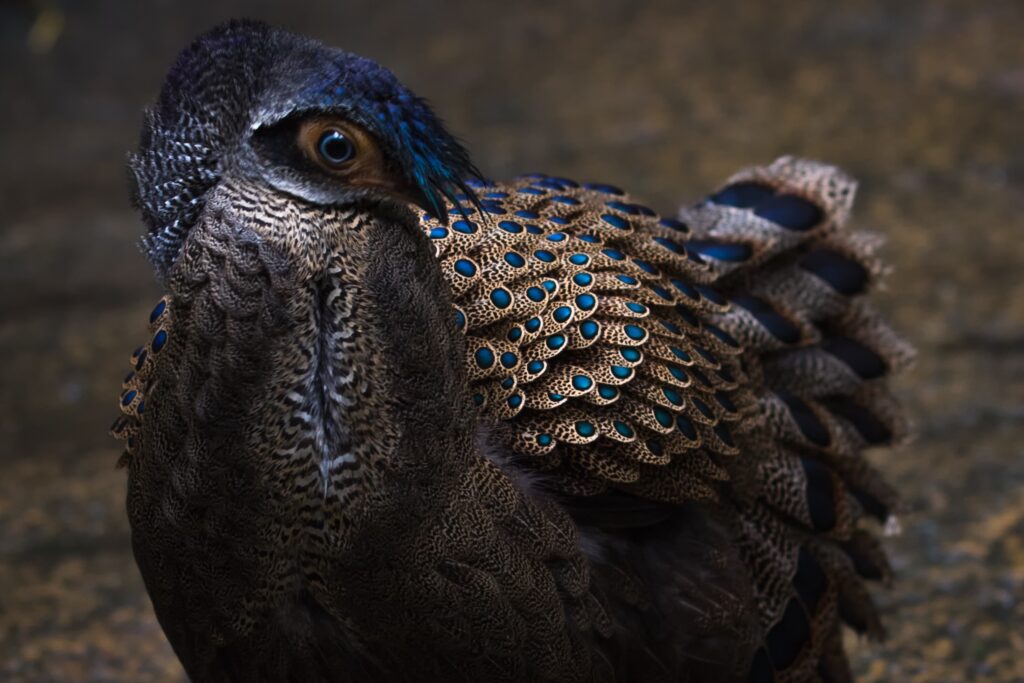
Found on the forest floors of peninsular Malaysia, rapid deforestation has destroyed much of the enigmatic Malay Peacock-pheasant’s habitat in recent decades, and the species was sadly uplisted to Endangered on the IUCN Red List in 2022.
By David Callahan
Header image: Malaysian Peacock-Pheasant © _paVan_/Flickr
If it’s possible to be garish and well concealed at the same time, the peacock-pheasants of South-East Asia exemplify such a description. Among their number, Malay Peacock-pheasant is one of three Endangered species, sited mid-way between the ostentatious plumage of Bornean and Palawan Peacock-pheasants and the more sober representatives of its eight-species genus.
And a distinctive, coquettish species it is too. With all-over feathers of a vermiculated dark grey, its intense blue irises are surrounded by bare, pale orange skin. Its head is capped with worn feathers, giving it a bouffant, hair-like effect, culminating in a forward-facing point like a quiff.
If this isn’t distinctive enough, the ‘peacock’ part of its name comes from the dozens of teal-green ocellations, or ‘eyes’, that pepper its mantle, wing-coverts and tail feathers. While the plumage is discrete enough to enable its concealment in the shade of lowland rainforests, during the male’s display the full pattern is brought into play, with its tail feathers fanned like a
peacock and its mantle feathers raised as its body flattens low to the ground. This is alternated with a ruffling of the head feathers and athletic jumping – all to impress the similar but duller female.
Its beguiling demeanour attracted the attentions of the wild bird trade, which has played a significant part in reducing the species’ numbers. Hunting has eradicated it from Thailand, and it is now found in just 20 sites on the Malayan Peninsula.
Its biggest threat today is habitat fragmentation and degradation from
ever-expanding oil palm and rubber plantations. About 50% of the lowland forest within its range has been lost over the last 75 years – mostly this century – and native tree-felling is accelerating. In 2022 it was uplisted from its former IUCN status of Vulnerable.
Thankfully, remaining strongholds of Malay Peacock-pheasant are largely in protected areas or forests less likely to be cleared, and BirdLife partner the Malayan Nature Society is actively conserving a number of its lowland
rainforest homes. Several government agencies are also involved in targeted recovery programmes, which include captive breeding and reintroduction at certain sites – an intervention needed given that its sedentary nature makes it unable to repopulate much of its former range independently.
